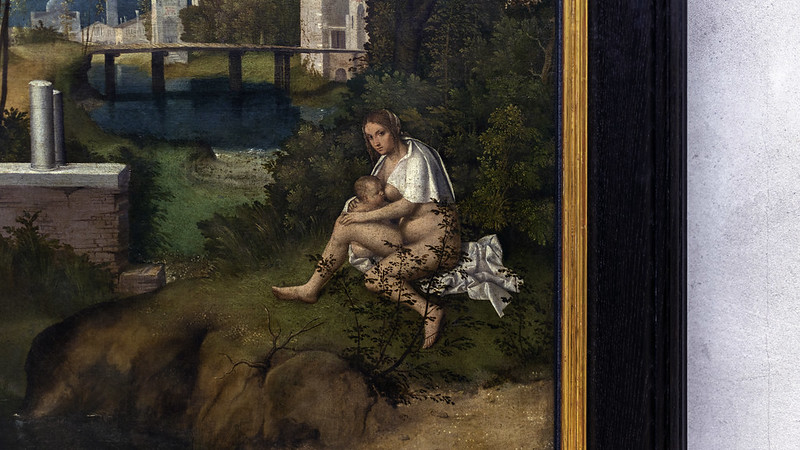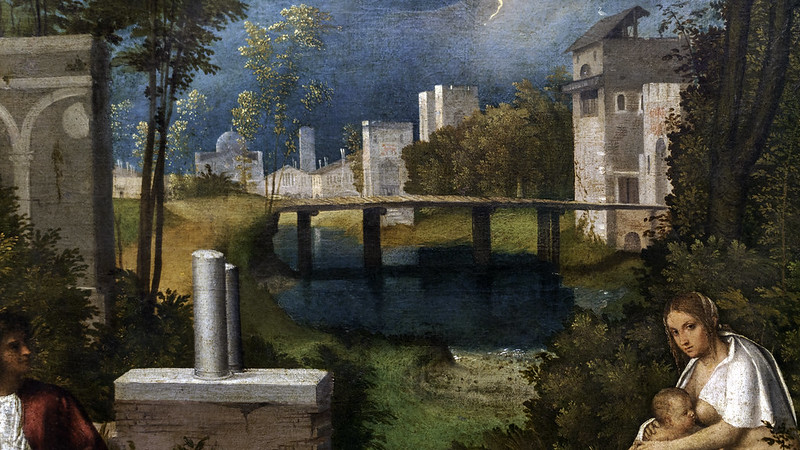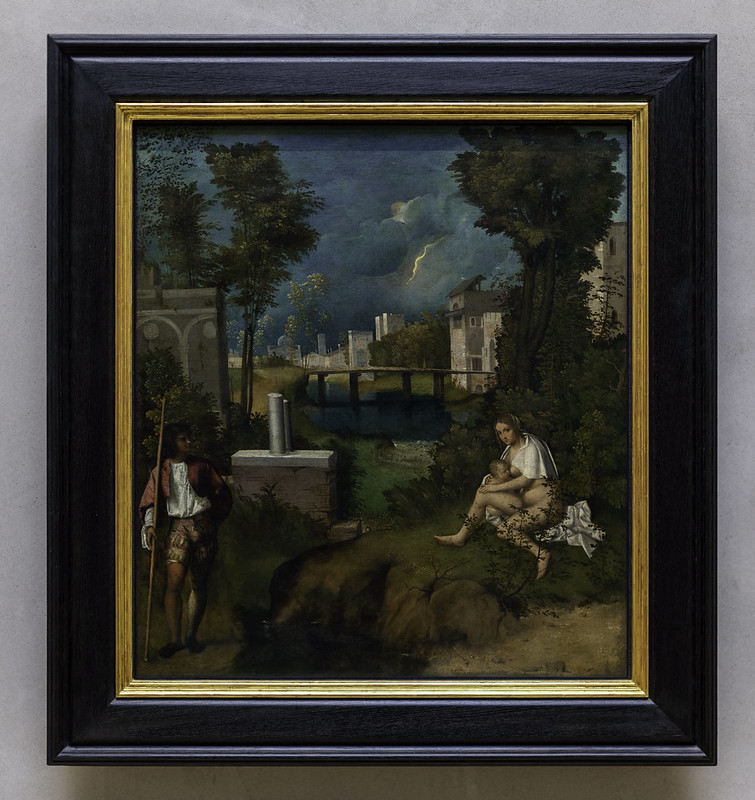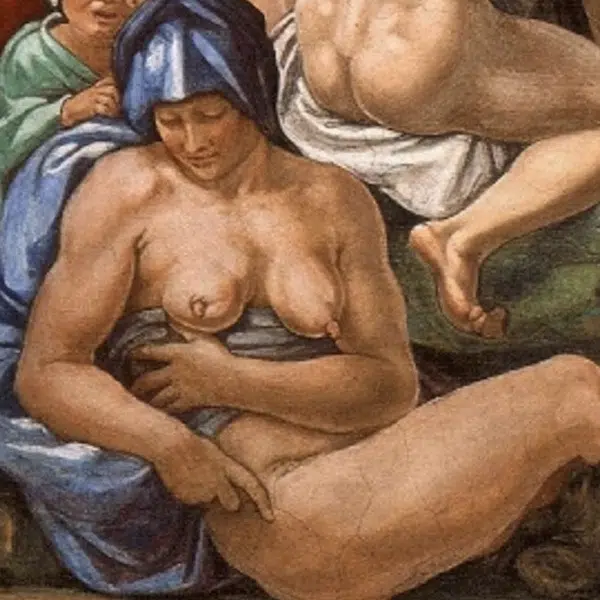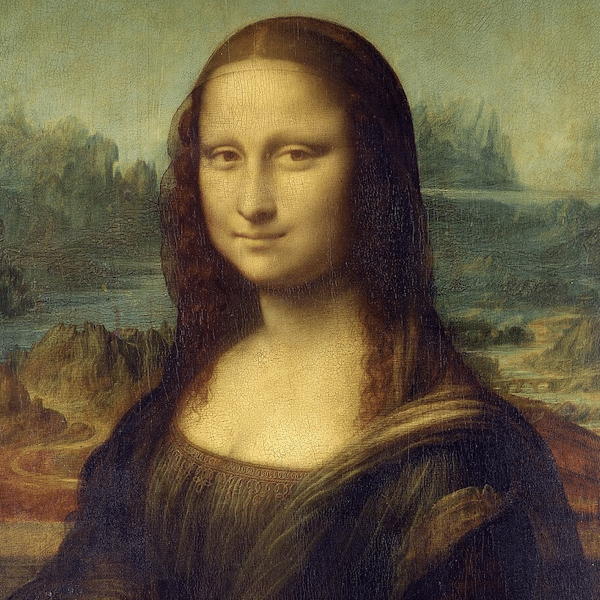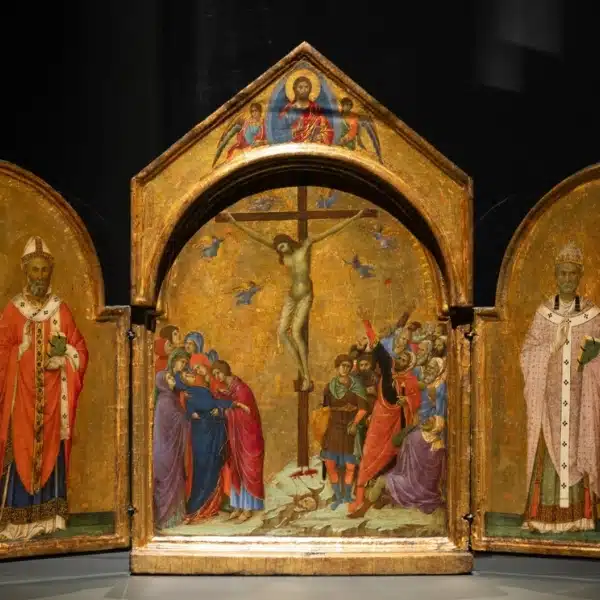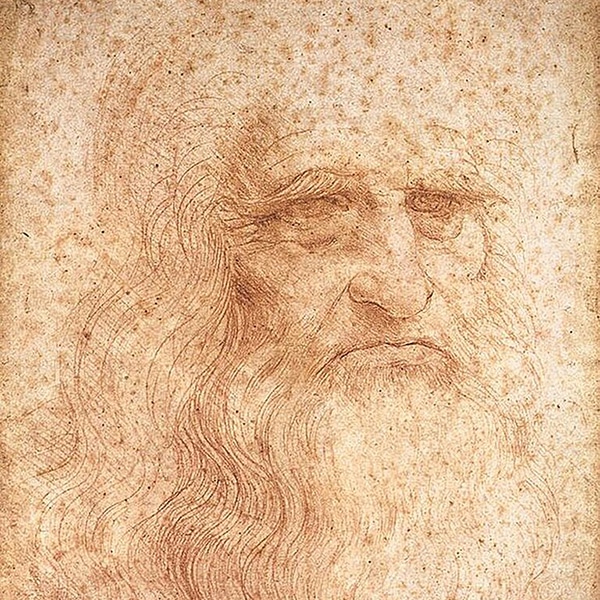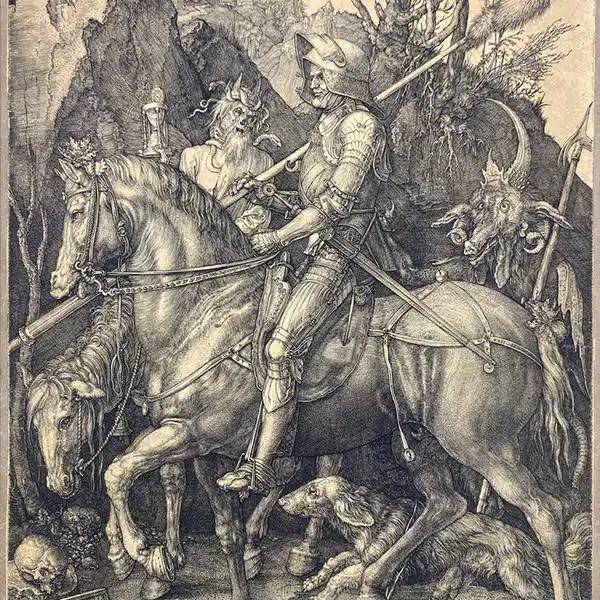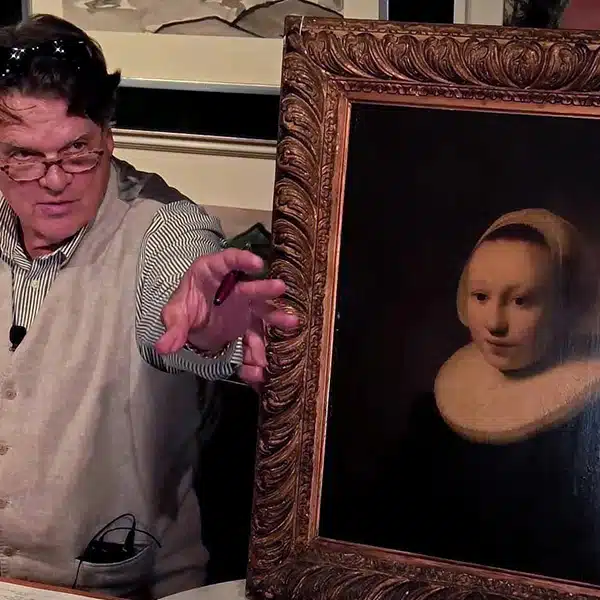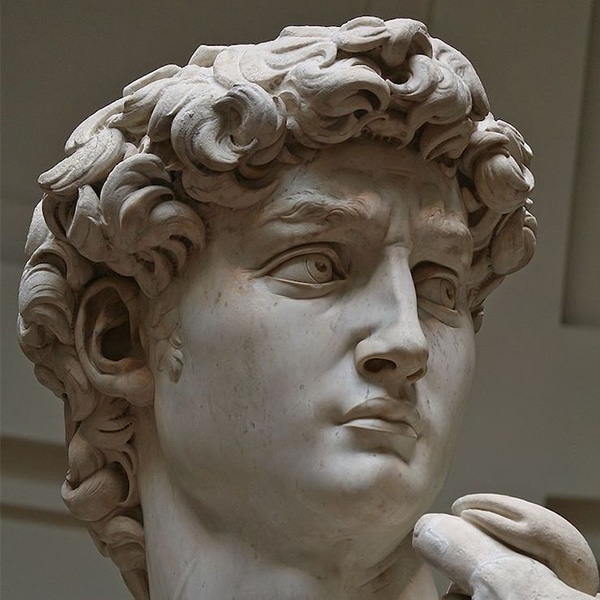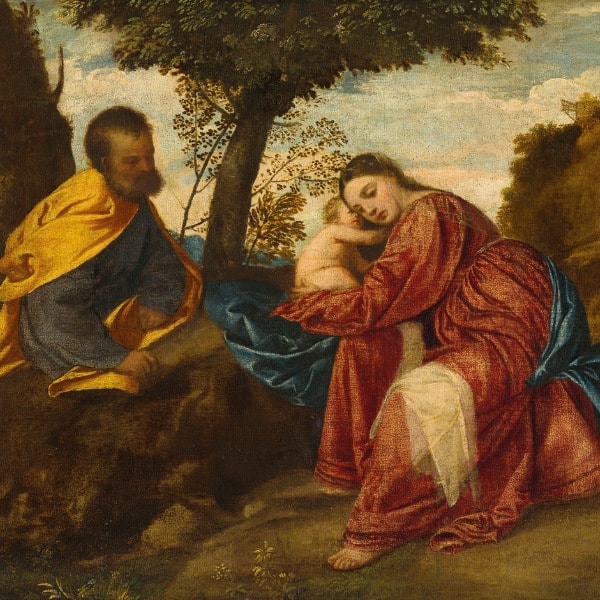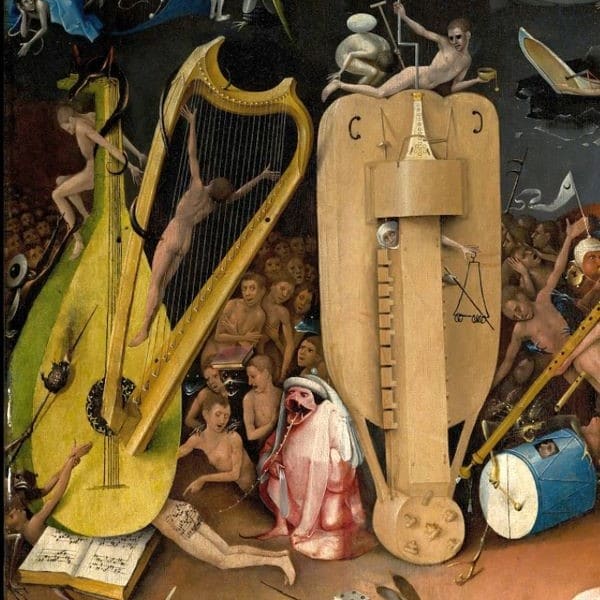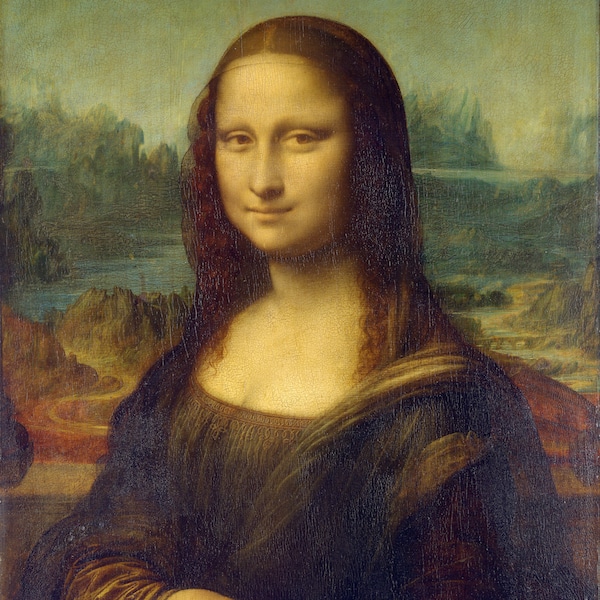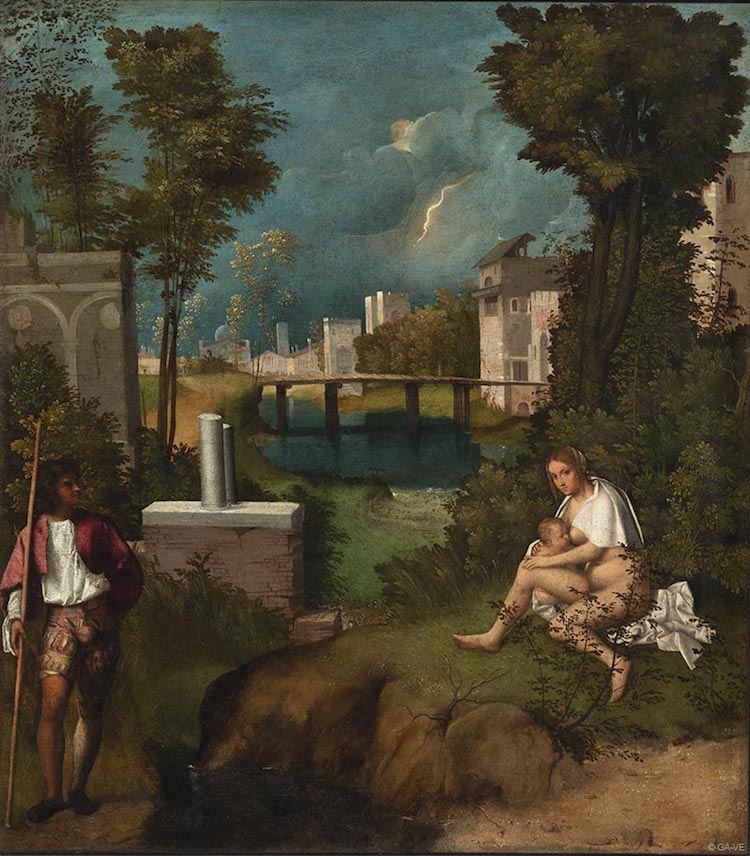
Giorgione, “The Tempest,” c. 1506–8 (Photo: Gallerie dell'Accademia via Wikimedia Commons, Public domain)
With its bucolic setting and enigmatic character, it's no wonder that Giorgione's The Tempest has bewitched art lovers for centuries. Created in the early 16th century during the High Renaissance, it has been described as the first landscape in history due to the unprecedented prominence of the Italian countryside.
As one of only six surviving paintings attributed to Giorgione—who died at a young age—The Tempest has remained shrouded in mystery. The vividly colored work depicts an anonymous woman breastfeeding her baby on the right-hand side and a soldier carrying a long staff in the left corner. Behind them, a storm brews in the sky, giving the painting its title. However, the meaning of this ambiguous masterpiece has remained unclear and has instead produced multiple interpretations.
Here, we will learn more about The Tempest and explore some of the possible meanings.
Who Was Giorgione?
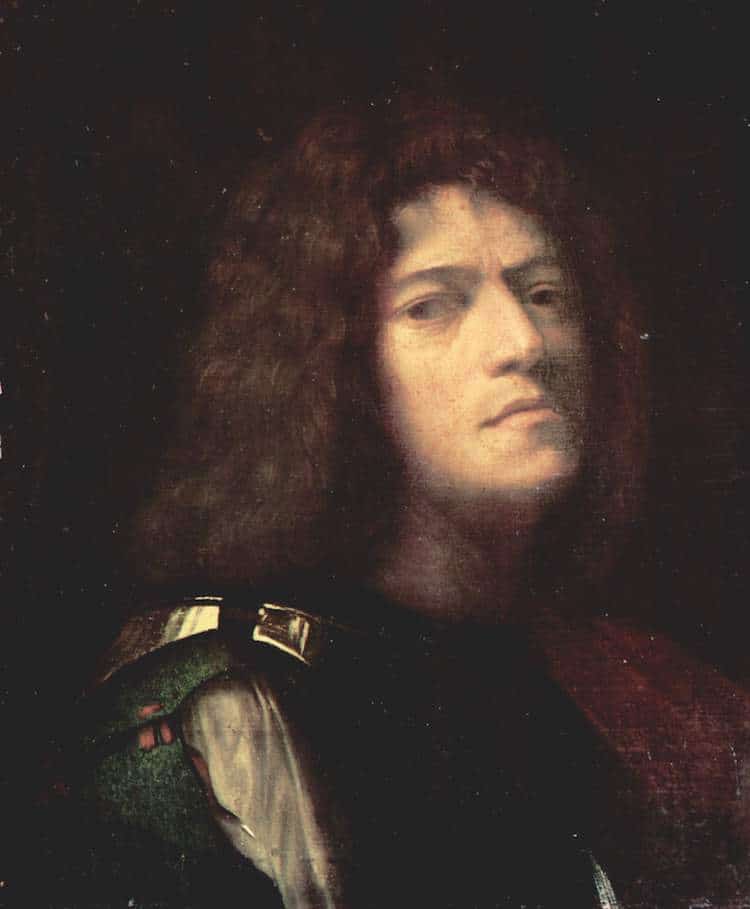
Giorgione, “Self-Portrait as David,” c. 1508 (Photo: Herzog Anton Ulrich Museum via Wikimedia Commons, Public domain)
Full Name | Giorgio Barbarelli da Castelfranco |
Born | 1477–78 or 1473–74 (Castelfranco Veneto, Republic of Venice) |
Died | 1510 (Venice, Republic of Venice) |
Notable Artwork | The Tempest |
Movement | High Renaissance |
Originally from Castelfranco Veneto, Giorgione (c. the 1470s–1510) moved to Venice as a young boy where he became a student of the Bellini brothers, and eventually, a contemporary of the artist Titian. He quickly rose to prominence in the Northern Italian city, finding noble patrons like the Doge of Venice, and meeting with other prominent painters like Leonardo da Vinci.
Although he only lived until his 30s, he had a major impact on the Venetian School. His six surviving paintings feature atmospheric coloring, poetic qualities, and mysterious narratives.
Exploring The Tempest
Subject Matter
The Tempest features two main figures in a lush pastoral foreground. On the right-hand side, a nude woman is sitting underneath a tree and breastfeeding her baby. Her position is atypical as if done purposefully to emphasize her nakedness. She appears to look directly at the viewer.
In early descriptions, she is usually referred to as a gypsy.
Meanwhile, in the left corner is a depiction of a well-dressed man carrying a long staff or pike, standing on the other side of the gentle creek which divides the two sides of the painting. He is usually identified as a soldier due to his attire.
His gaze is turned away from the viewers, but strangely, does not fall on the woman. Instead appears to drift just to the side of her.
Setting
Giorgione tucks his figures into the very front of his painting, leaving ample room for a depiction of the Italian countryside. In the distance, we see a bridge, a river, and a skyline of classical buildings. Some have compared the cityscape as a depiction of Padua, a city that is about 30 miles west of Venice.
Above the city is the scene that that gives the painting its title: a threatening gray storm with a lightning bold cracking amid the swirling clouds. It appears as though rain is imminent, yet the figures do not seem concerned with the weather.
Giorgione's approach to The Tempest was very novel for the time. Not only does he emphasize the beauty of nature in the front of the painting—which encompasses the two figures—he also creates a dominant view of the environment in the background. As a result, this work is widely considered the first landscape in Western art.
Style
The Tempest is a hallmark of the Venetian School and Giorgione's poetic approach to the style. Instead of relying on disegno or drawing, he employs the power of color to portray the picturesque setting as well as convey the serene yet suspenseful atmosphere shrouding the two characters.
Interpretations of the Painting
To this day, it is unclear what Giorgione wanted to communicate in his painting. The Italian Renaissance historian Giorgio Vasari even said that he “never understood The Tempest.” Even so, multiple interpretations have been put forward, analyzing Giorgione's love of symbolism and narratives.
One possible meaning is that the characters represent the characters of Adam and Eve, and they are inhabiting the garden of Eden. Another interpretation suggests that the work depicts the flight into Egypt.
Others, however, disagree that it is a biblical narrative, proposing instead that it captures a scene from classical mythology, such as Paris and Oenone.
Frequently Asked Questions
What is the meaning of The Tempest by Giorgione?
To this day, it is unclear what Giorgione wanted to communicate in his painting, however, multiple theories have been put forward.
One possible meaning is that the characters represent the characters of Adam and Eve and they are inhabiting the garden of Eden. Another interpretation suggests that the work depicts the flight into Egypt.
Others, however, disagree that it is a biblical narrative, proposing instead that it captures a scene from classical mythology, such as Paris and Oenone.
Where is The Tempest by Giorgione?
The Tempest is located at the Gallerie dell'Accademia in Venice, Italy.
What was Giorgione known for?
Giorgione is known as a pioneer of the Venetian School of painting, and for creating the Renaissance masterpiece entitled The Tempest.
Related Articles:
Exploring the Titian’s Renaissance Masterpiece Painting the ‘Venus of Urbino’
9 Famous Renaissance Artists Whose Work Transformed the Art World
How the Lesser-Known ‘Venetian School’ Flourished During the Italian Renaissance
20 Famous Italian Renaissance Paintings That Left Their Mark on History
